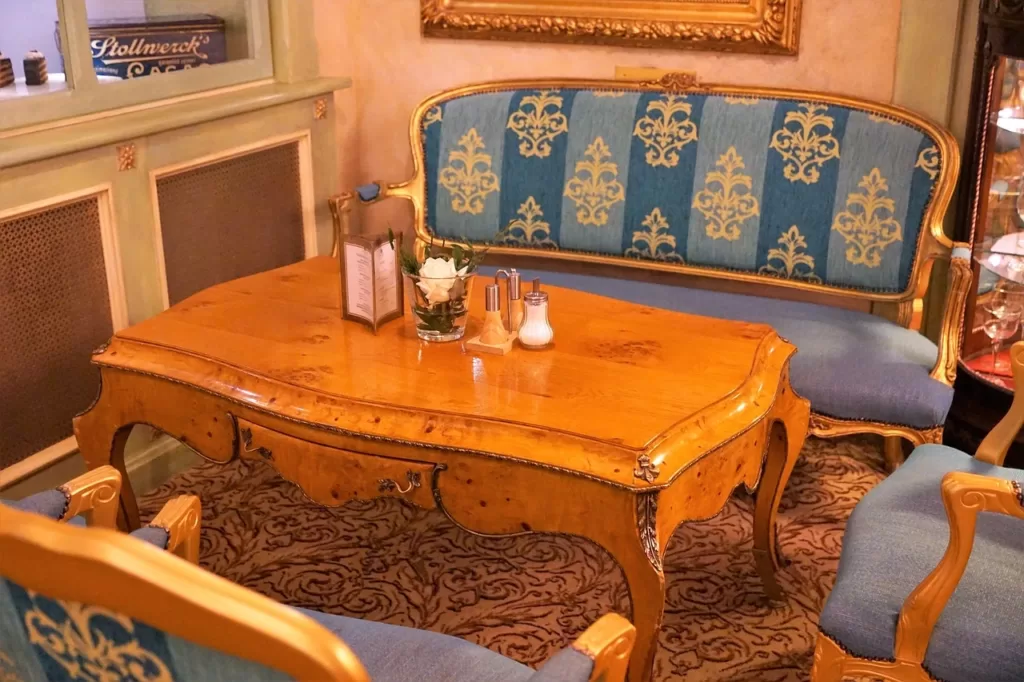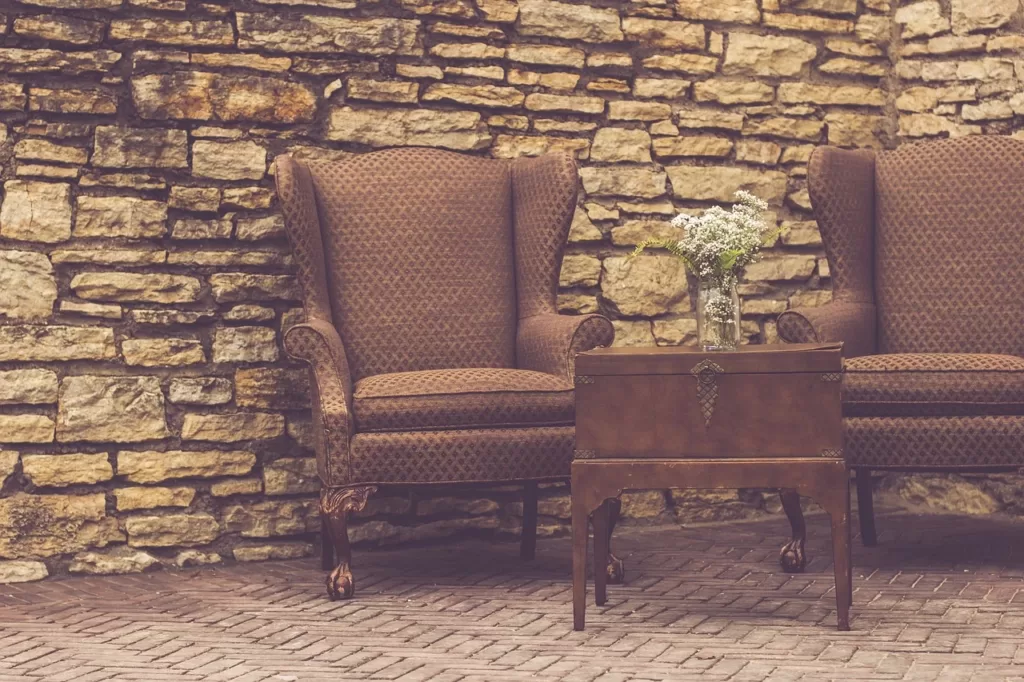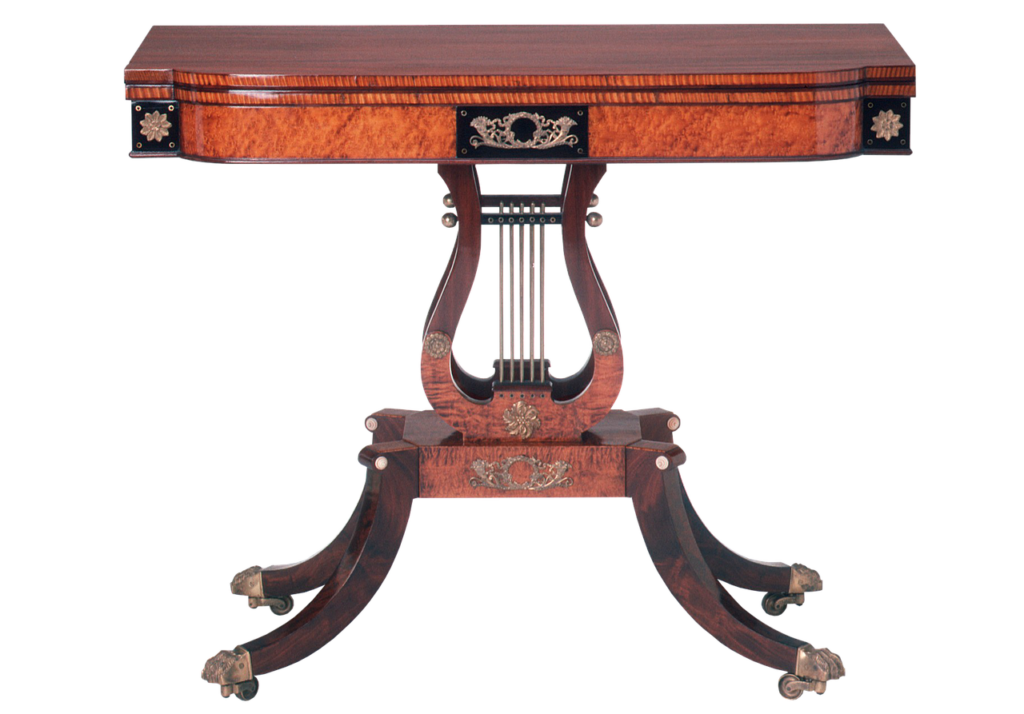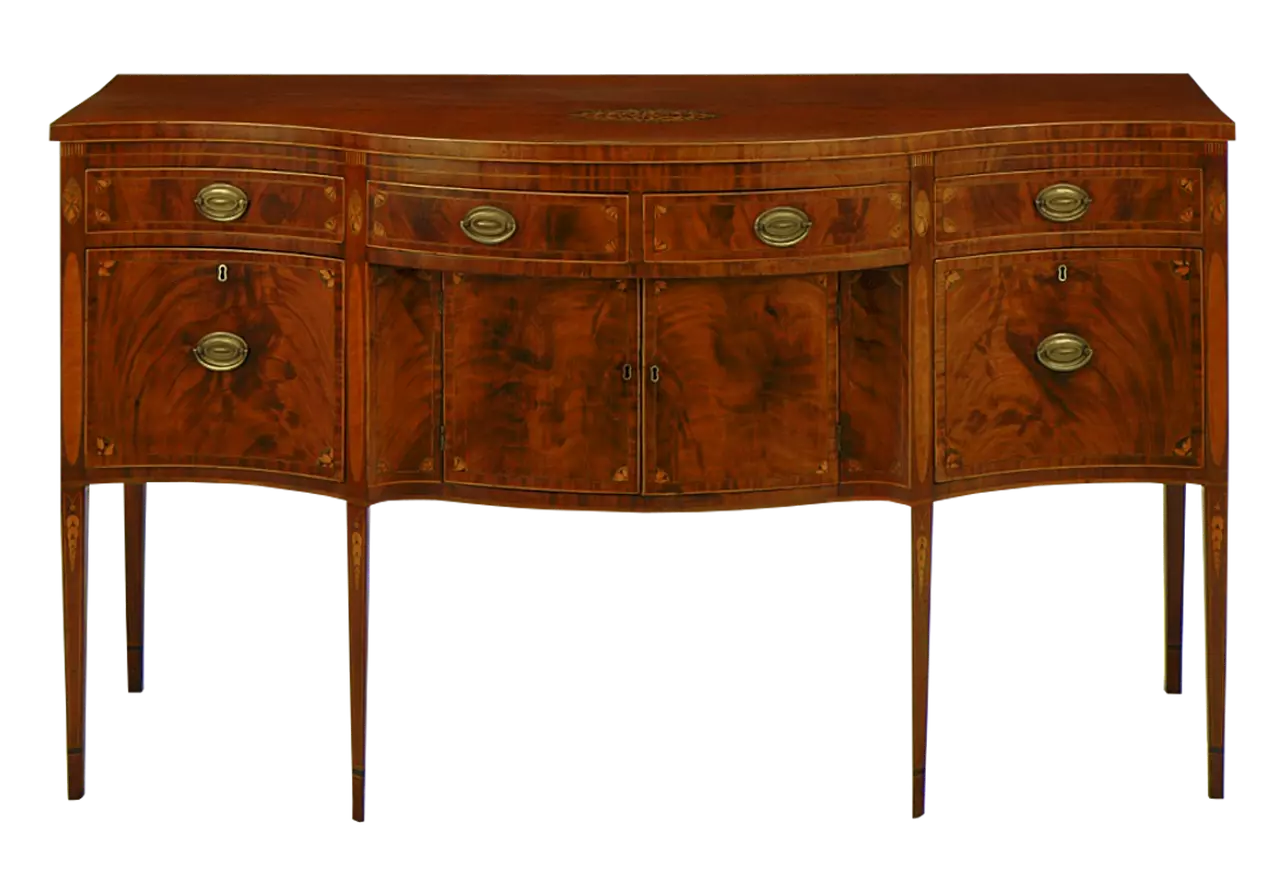Introduction
In a world dominated by modern design and mass-produced furniture, there is something magical about antique furniture. These timeless pieces carry with them the history, craftsmanship, and beauty of bygone eras. Each antique holds a story and a sense of nostalgia, making it a cherished possession for collectors and admirers alike. In this article, we will delve into the captivating world of antique furniture, exploring its allure, the advantages of owning these unique pieces, tips for finding and caring for antiques, and how they can seamlessly blend into contemporary spaces.
Table of Contents
Unearthing the Allure of Antique Furniture
The allure of antique furniture lies in its uniqueness and authenticity. Unlike modern pieces churned out in factories, antiques are handcrafted with precision and passion. These heirloom treasures have a soul, whispering tales of the past and connecting us to history in a tangible way.

Image by photosforyou from Pixabay
Advantages of Owning Antique Furniture
- Unique and Timeless Design: Antique furniture pieces often boast exquisite craftsmanship and unique designs that reflect the style of the past eras. They can add a touch of elegance and charm to any space, setting them apart from modern mass-produced furniture.
- Quality and Durability: Antique furniture is typically made from high-quality materials and superior construction techniques, which have stood the test of time. As a result, many antique pieces are more durable and long-lasting compared to their modern counterparts.
- Historical and Cultural Value: Antique furniture carries historical significance, offering a glimpse into the past and the various design styles that were prevalent in different periods. Owning an antique piece can be like owning a small piece of history, connecting you to the past and the culture of a particular era.
- Sustainable Choice: By purchasing antique furniture, you are participating in sustainable consumption practices. Reusing and preserving existing furniture helps reduce the demand for new manufacturing and minimizes the environmental impact associated with producing new items.
- Investment Value: In many cases, antique furniture can appreciate in value over time, especially if it is well-preserved and sought after by collectors. As a result, some people consider antique furniture as an investment opportunity, expecting it to gain value in the future.
- Character and Personality: Antique furniture pieces often have character and personality that newer furniture lacks. They may bear signs of wear and tear, which can add to their charm and tell a story of their previous owners.
- Versatility and Mixing Styles: Antique furniture can be versatile and easily blend with various interior design styles. Incorporating antique pieces into a modern setting can create an eclectic and visually appealing look.
- Handcrafted Artistry: Many antique pieces were handcrafted by skilled artisans, showcasing their expertise and attention to detail. This level of craftsmanship is often rare in mass-produced contemporary furniture.
- Emotional Value and Sentimentality: Inherited or acquired antique furniture may hold sentimental value and memories for families. Keeping and using these heirlooms can create an emotional connection to the past and your family’s heritage.
- Conversation Starters: Antique furniture can spark conversations and intrigue guests, as they inquire about the history and origin of the pieces in your home.
Despite these advantages, it’s essential to note that caring for antique furniture may require specific maintenance practices, and they may not always suit everyone’s taste or needs. However, for those who appreciate the historical significance and timeless appeal of antique pieces, they can be a valuable and rewarding addition to their homes.

Disadvantages of Owning Antique Furniture
- Cost: Antique furniture can be expensive, especially if the piece is rare, in excellent condition, or has historical significance. Collectors and dealers often set high prices for sought-after antique items, making them inaccessible to some buyers with budget constraints.
- Condition and Maintenance: Antique furniture may require more delicate care and maintenance than modern furniture. Some pieces might be fragile due to age and previous use, requiring specialized cleaning and repair techniques, which can be costly and time-consuming.
- Limited Availability: Truly valuable and unique antique furniture is often limited in supply. Finding a specific piece or style may be challenging, especially if you’re looking for something very rare or from a particular era.
- Incompatibility with Modern Lifestyles: Some antique furniture pieces may not be as functional or comfortable as their modern counterparts. For example, chairs may not offer ergonomic support, or antique cabinets may lack the storage space required for modern living.
- Replicas and Fakes: The market for antique furniture also attracts forgers and sellers of replica pieces. Without proper expertise or authentication, buyers may end up paying a premium for a fake or less valuable item.
- Vulnerability to Damage and Wear: While antique furniture can be durable, it is also susceptible to damage and wear due to its age. Scratches, chips, and other signs of deterioration may be challenging to repair without diminishing the piece’s value.
- Functional Obsolescence: Some antique furniture may have served specific purposes in the past, which may not align with contemporary living needs. For example, a vintage writing desk may not be as useful in the digital age.
- Limited Warranty or Guarantee: Unlike new furniture that often comes with warranties or guarantees, antique furniture typically lacks such assurances. If you encounter issues with an antique piece after purchase, there may be limited recourse for refunds or repairs.
- Allergies and Safety Concerns: Antique furniture may contain materials or finishes that are no longer considered safe, such as lead-based paint or toxic varnishes. Additionally, some people may have allergies to dust or allergens that accumulate in older furniture.
- Market Volatility: While some antique furniture can appreciate in value, the market for antiques can also be unpredictable and subject to fluctuations. Investing in antique furniture solely for potential financial gain can be risky.
It’s essential to carefully consider these disadvantages and conduct thorough research before purchasing antique furniture. If you value the historical significance, craftsmanship, and uniqueness of antique pieces, and are willing to invest the time and effort in their care, they can still be a rewarding addition to your home or collection.

Finding Antique Treasures
. Antique Stores and Fairs
Explore local antique stores and attend antique fairs and exhibitions to discover hidden gems. Engaging with passionate antique dealers can lead you to extraordinary finds.
. Online Platforms and Auctions
The internet has opened up vast opportunities to find antique furniture online. Websites and online auctions offer a diverse selection of antiques from various eras and regions.
. Estate Sales and Garage Sales
Keep an eye out for estate sales and garage sales in your area, as they can often yield valuable antique pieces at reasonable prices.
Caring for Antique Furniture
. Gentle Cleaning and Maintenance
Antiques require tender care. Regular dusting and gentle cleaning with non-abrasive materials are essential to preserve their luster and integrity.
. Appropriate Placement
Avoid placing antique furniture in direct sunlight or near sources of heat or moisture, as these elements can damage the delicate materials and finishes.
. Professional Restoration
For valuable antiques or pieces in need of repair, consult professional antique restorers who specialize in preserving the authenticity and charm of these treasures.
Blending Antiques with Modern Living
. Creating Harmonious Spaces
Successfully incorporating antiques into contemporary spaces involves creating a harmonious balance between old and new elements. Consider complementary color palettes and styles to achieve cohesion.
. Showcase as Statement Pieces
Allow antiques to take center stage by using them as statement pieces in your decor. A beautifully aged armoire or an antique chandelier can become captivating focal points.
. Embrace Eclectic Designs
Embrace the beauty of eclecticism by mixing various furniture styles. Pair antique chairs with a modern dining table or place an antique chest of drawers in a minimalist bedroom for a visually stimulating effect.
Conclusion
Antique furniture is more than just old pieces of wood; it’s a gateway to the past, a testament to craftsmanship, and a representation of timeless beauty. Owning antique furniture not only enriches your living space but also allows you to become a custodian of history. Embrace the allure of antique furniture and embark on a journey of discovering these captivating, timeless treasures.
FAQs (Frequently Asked Questions)
1. Are antique furniture pieces durable?
Antique furniture, when well-cared for, can be remarkably durable and long-lasting. The use of high-quality materials and expert craftsmanship contributes to their sturdiness.
2. Can antique furniture be functional as well as decorative?
Yes, many antique pieces are functional and can be used in daily life. However, some extremely valuable antiques might be better suited for display purposes.
3. How do I know if an antique is genuine or a reproduction?
Authenticating antiques requires research and expertise. Consulting with knowledgeable antique dealers or experts can help you distinguish genuine antiques from reproductions.
4. What is the best way to transport antique furniture safely?
When moving antique furniture, ensure it is carefully wrapped and protected. Hiring professional movers experienced in handling antiques is advisable.
5. Can antique furniture fit into a modern minimalist decor style?
Absolutely! Antique furniture can add character and depth to minimalist spaces. Select timeless pieces that complement the clean lines and simplicity of modern design.

